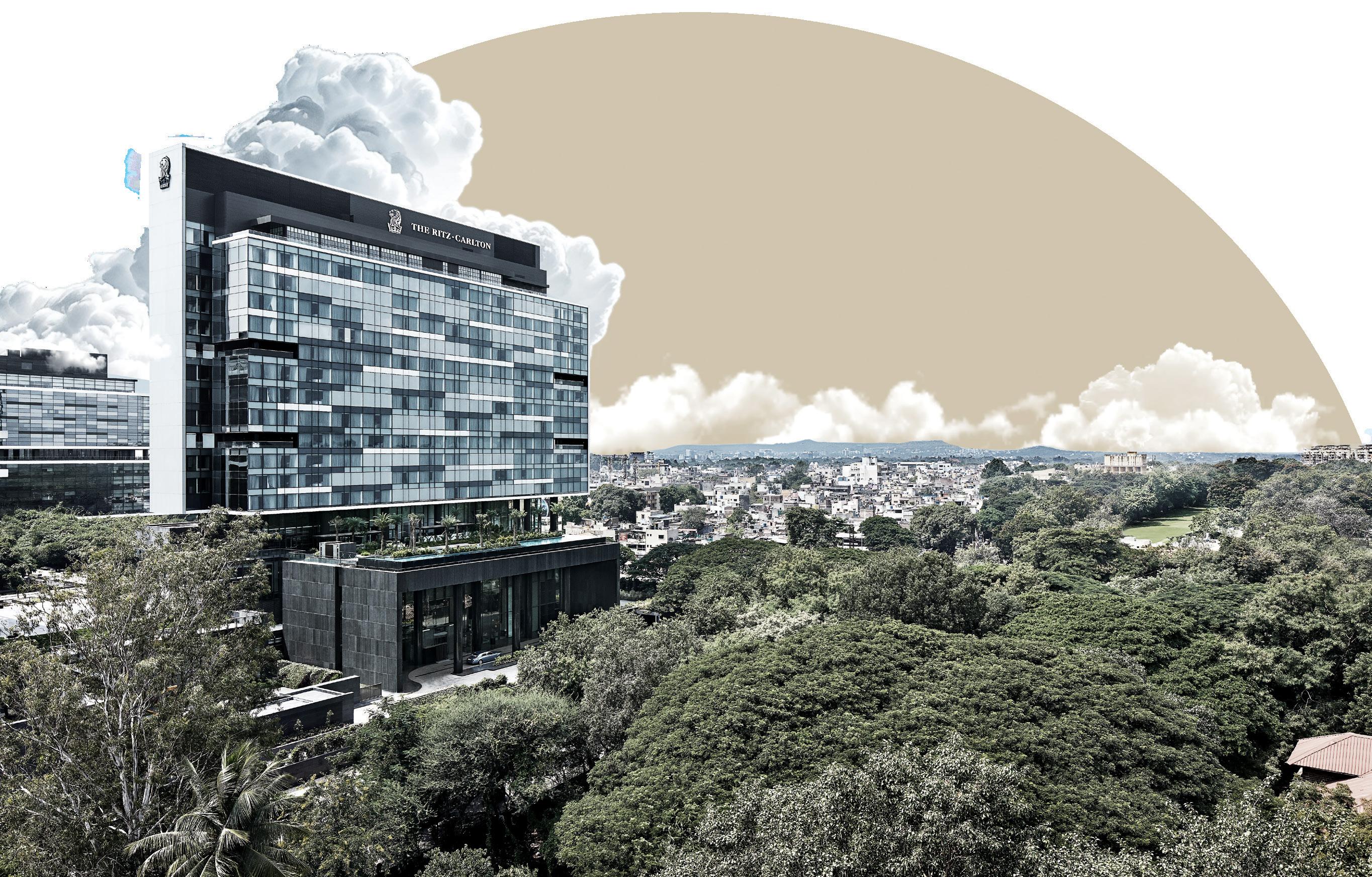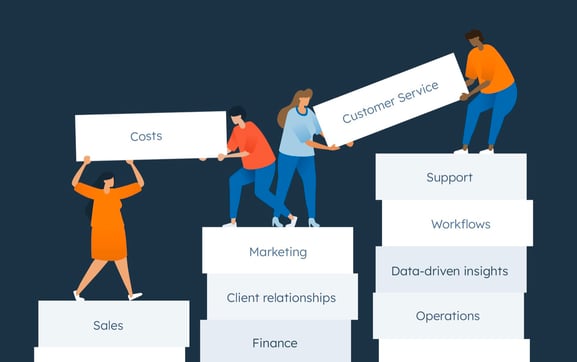
When Rachel first heard about device buyback programs from a colleague, she discovered seven unused smartphones gathering dust in her Clementi flat—each representing a small fortune in recoverable value and environmental responsibility that had been hiding in plain sight.
Rachel’s revelation reflects a broader awakening happening across Singapore, where the intersection of economic opportunity, environmental consciousness, and technological progress has created an unprecedented moment for electronic device recovery and reuse.
The Staggering Scale of Singapore’s Digital Waste Crisis
The numbers behind Singapore’s electronic consumption paint a sobering picture of modern digital life. According to the National Environment Agency, “Singapore generates about 60,000 tonnes of e-waste annually. That is equivalent to each person in Singapore discarding around 73 mobile phones.” Yet the most troubling statistic reveals the scope of missed opportunities: “out of this amount, only 6% are recycled.”
This data represents more than environmental negligence—it reflects millions of dollars in recoverable materials and functional devices that could serve new purposes rather than contributing to landfill waste. Behind every discarded smartphone lies precious metals, rare earth elements, and often perfectly functional technology that could benefit other users.
Individual stories reveal the human dimension behind these statistics:
- Raj Patel, software engineer: four obsolete laptops, three unused tablets, countless obsolete cables
- Rapid device turnover driven by career demands rather than conscious consumption
- Professional necessity creating unintended environmental consequences
When Technology Meets Social Responsibility
Singapore’s electronic device recovery has evolved beyond simple recycling through comprehensive buyback systems serving multiple community needs. The government’s Extended Producer Responsibility framework establishes that “producers… are responsible for the collection and treatment of their products when they reach end-of-life.”
Key developments include:
- Trade-in programs where “retailers like Gain City and Courts have introduced trade-in programs where consumers can exchange old devices for discounts”
- Regulatory frameworks aligning individual incentives with social objectives
- Economic benefits for consumers whilst supporting environmental goals
- Local business support through technology recovery and refurbishment sectors
The Hidden Stories of Electronic Recovery
Electronic device buyback reveals intimate details about how people actually use technology in their daily lives. Every smartphone contains traces of its owner’s digital habits, every laptop bears witness to professional ambitions and personal projects, and every tablet reflects family entertainment patterns and educational aspirations.
Professional buyback services must navigate these personal dimensions whilst addressing technical requirements for data security and device functionality. The process involves several critical steps:
- Data protection protocols ensuring complete erasure of personal information
- Functionality assessment determining which devices can be refurbished versus recycled
- Value calculation based on market demand, condition, and technical specifications
- Environmental compliance meeting Singapore’s regulatory requirements for electronic waste
- Chain-of-custody documentation providing transparency throughout the recovery process
Maria Santos, a marketing executive, exemplified this complexity when selling her company laptop through a buyback program. Three years of client data, personal documents, and proprietary software required professional-grade data destruction before safe transfer.
Environmental Justice and Digital Equity
Electronic waste disproportionately affects different communities:
- Low-income households retain old devices longer due to financial constraints, lacking access to convenient buyback services
- Affluent consumers frequently upgrade before devices reach end-of-life, creating high-value recovery streams
- Digital equity opportunities through proper channeling of recovered devices to underserved users
- Geographic advantages Singapore’s density enables cost-effective, comprehensive collection systems
The Economics of Electronic Resurrection
Professional device buyback operations must balance multiple economic factors that determine program viability and social impact. Recovered devices may be destined for:
- Direct resale to consumers seeking affordable alternatives to new electronics
- Component harvesting for repair services and spare parts supply
- Material recovery extracting precious metals and rare earth elements
- Export markets serving international demand for refurbished technology
- Charitable distribution supporting digital inclusion initiatives
The financial calculations underlying these decisions reflect broader questions about how societies value environmental protection, social equity, and resource conservation. Each smartphone diverted from landfill represents avoided environmental costs, recovered materials, and potential economic activity in repair and refurbishment sectors.
Building Sustainable Digital Consumption Patterns
Effective device buyback programs address systemic factors driving excessive electronic consumption:
- Marketing pressure promoting constant upgrades and planned obsolescence
- Social expectations around technology ownership creating unnecessary waste
- Educational initiatives helping consumers understand device longevity and repair options
- Informed decision-making about environmental costs and disposal alternatives
When consumers understand their electronic consumption’s true environmental impact, they become more receptive to sustainable alternatives.
The Future of Electronic Device Recovery
Singapore’s evolution as a technology hub creates both challenges and opportunities for sustainable electronic device management. The rapid pace of technological innovation means that devices become obsolete more quickly, yet the sophistication of local technology sectors also creates demand for refurbished equipment and component recovery services.
The stories of individuals like Rachel, Raj, and Maria illustrate how personal decisions about electronic device disposal connect to larger questions about environmental responsibility, social equity, and economic opportunity. Their experiences navigating Singapore’s device buyback ecosystem reflect broader societal learning about balancing technological progress with sustainable consumption patterns.
As Singapore continues developing its vision of becoming a Zero Waste Nation, the role of comprehensive electronic device recovery programs will only become more critical. The intersection of individual responsibility, corporate accountability, and government policy creates space for innovative approaches that serve multiple community objectives simultaneously.The transformation of unwanted electronics from environmental burden to economic opportunity represents more than efficient waste management—it reflects Singapore’s broader commitment to creating systems that align individual choices with collective well-being through accessible, financially rewarding device buyback programs.





More Stories
Shri Ram Global School the Finest Online Learning School in Greater Noida West
What Scriptless Test Automation Means for Software Testing Services Providers
Amega Global’s AM Water Actify – Red Bull of Water Ionizers